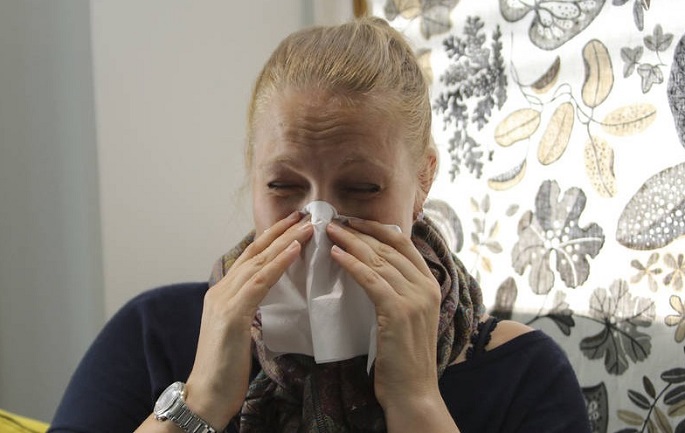THL marks more risky areas for tick-borne encephalitis
Published : 13 Jan 2025, 00:57
The Finnish Institute for Health and Welfare (THL) in early January added new areas in Espoo, Kirkkonummi, Uusikaupunki and Hailuoto to the list of risk areas for tick-borne encephalitis, said THL in a recent press release.
Tick-borne encephalitis (TBE) is a viral infection spread through the bite of an infected tick. There is a vaccine against TBE. THL evaluates the national vaccination programme annually on the basis of new cases of tick-borne encephalitis reported to the National Infectious Diseases Register and expands the risk areas in which TBE vaccinations are offered where necessary.
In Finland, tick-borne encephalitis occurs especially in coastal areas and archipelago. The tick-borne encephalitis vaccination, which is included in the national vaccination programme, is given free of charge to people living or staying long-term in areas with a high risk of tick-borne encephalitis.
However, the areas where virus-carrying ticks are found may be very limited. For example, an individual residential area, a single island or a stretch of shoreline can be a risk area.
The new areas to be included in the national vaccination programme for TBE vaccination in January 2025 are: the Kurttila and Vanttila districts of the Kauklahti postcode area in Espoo, the Porkkala and Upinniemi postcode areas in Kirkkonummi, Hailuoto, and the Pyhämaa postcode area in Uusikaupunki.
In addition, as of January 2025, those who live or have a summer cottage and spend time outdoors in the district of Kaakkuri in Oulu and Kemiönsaari and the municipality of Pyhäranta in Southwest Finland are recommended to get the vaccine privately.
The risk areas previously added to the vaccination programme and the list of recommended vaccinations will remain unchanged.
TBE vaccinations in the basic series of the national vaccination programme are free of charge. The vaccination is given to all permanent residents and long-term holiday residents over the age of 3 in the areas.
In areas not covered by the national vaccination programme, but where the vaccine is recommended for permanent residents and holiday residents, the vaccine can be acquired privately.
In THL’s review, new cases of tick-borne encephalitis are examined from the beginning of October to the end of September of the following year.
This allows THL to publish the new vaccination recommendation at the beginning of January, and vaccinations in new areas can be started before ticks become active in the spring.
Between 1 October 2023 and 30 September 2024, 200 new cases of tick-borne encephalitis were reported to THL’s National Infectious Diseases Register.
To be added to the list of risk areas, the incidence in the area must be more than 15 cases per 100,000 people over a period of 5 years.
In addition, cases must be reported in consecutive years and there must be an increasing trend in the number of cases. In addition, THL conducts situation-specific assessments on the basis of regional reviews.
The highest incidence in 2020–2024 was reported in Kustavi (71.3/100,000), Parainen (45.2/100,000) and the Åland Islands (38.5/100,000), which are already included in the national vaccination programme. The high incidence indicates that vaccination coverage is insufficient in these areas.


